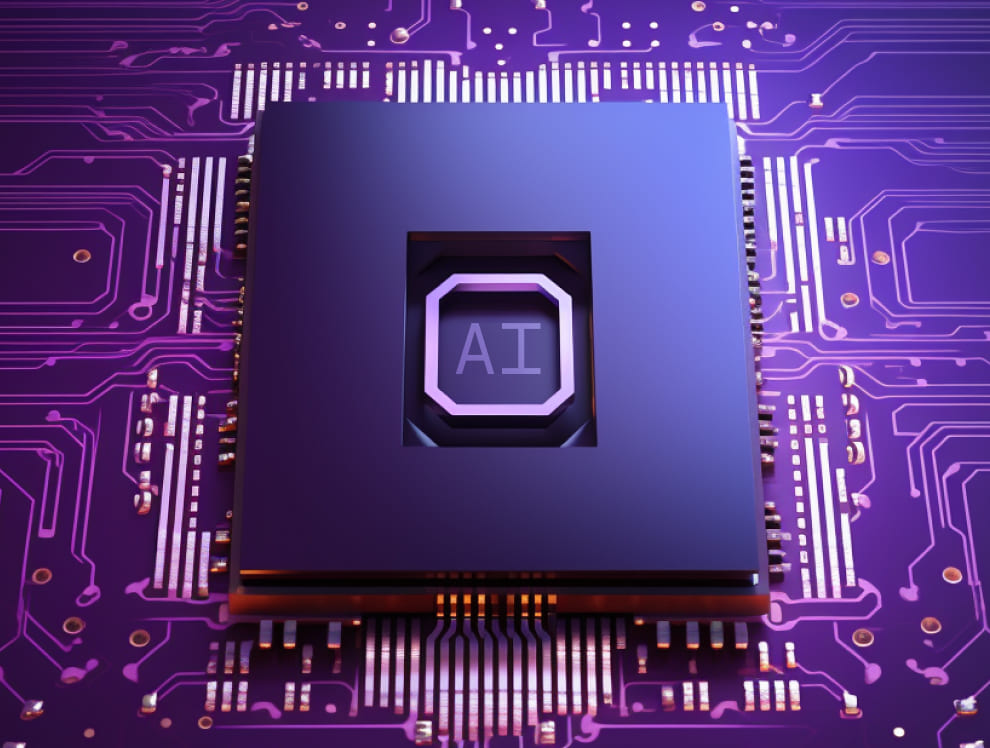
Sep 22, 2023
Avianna Software on Natural Language Processing for Drones

Imagine being able to program drone missions by communicating with your UAVs using simple commands in English, such as having a police surveillance drone being able to pick out a suspect’s vehicle from a crowed highway by telling it to “Find the red truck.”
Avianna, a recently launched software startup, offers a suite of products that utilize artificial intelligence (AI) to enable drones and other robots to understand human language and operate autonomously.
Vic Pelicano, founder and CEO of Avianna, said he started the company earlier this year to harness the power of AI to be able to create smarter drones. He said the first generation of drone software, which enabled the flying vehicles to evolve from recreational products to commercially useful tools, is not advanced enough to bring commercial UAV operations into the future.
“The world my kids will grow up in, that world’s going to be filled with robots of all kinds, and unmanned vehicles,” he said in an interview.
“Even the big companies, like iRobot, they can’t even make a smart robot,” Pelicano said. “There’s a gap here, we need to figure out how to get AI into the robots.”
Based in the Chicago area, with manufacturing facilities in Warsaw, Poland, Avianna offers a suite of three AI-driven software products, Fleet AI, Vision AI and Mission AI. Pelicano said the software can be programmed to be used in any type of robot vehicle, including UAV’s, terrestrial rovers or submarines and submersibles.
Fleet AI is designed to streamline and optimize a fleet owner’s operations by connecting Avianna’s intelligent chatbot to the robots. Vision AI empowers the robots to visually see the surrounding environment and make informed decisions, while Mission AI enables the robots to autonomously execute missions based on natural-language commands.
“Fleet AI is to manage your entire fleet and ask questions about them and to look at them holistically, like an operations manager would,” Pelicano said. Mission AI allows the fleet operator to do AI-based planning, allowing the robot to accomplish specific missions, such as delivering a pizza, mowing a yard or dropping off a package.
“A necessary component of Mission AI, but also useful in its own right, is Vision AI. Because to do a mission, you need to be able to see and interpret what you’re working on,” he said. The software includes an advanced generic vision model that customers can access through the platform using the camera on their drone or other type of robot.
“By using advances in computer vision technology, and our own proprietary software, we’re able to do amazing super-fast analysis of live video streams as the robot’s flying, and it can talk to itself, essentially, and readjust its mission,” Pelicano said. “So, if you tell it, ‘Go over there,’ and it goes over there, but it sees something in the way, it can identify what that thing is and reroute itself around it.”
Recent advances in natural-language processing have led to the development of software that allows an operator to type simple commands in English and have the drone respond to them.
“I’d say that in the last two years, there’ve been the most advancements I’ve ever seen in that space. So, you take, through AI large-language models, the commands that somebody says, and you translate them to a list of controls for the drone,” Pelicano said.
The drones are not completely controlled by AI, however. “You don’t want full control going to the AI, so there’s some vetting that goes on there,” he said. “At the end of the day, what actually drives the drone is an algorithm, a safe algorithm that somebody has checked.”
As he explained, “the AI can dream up, kind of the broad strokes of the plan and then we can hone that down in the algorithms to make sure it’s safe.”
The Avianna software is adaptable to a wide range of applications, particularly those that involve “open-world dynamic environments that pose challenges to other automations,” such as infrastructure inspection, agricultural and security applications, Pelicano said.
Those are really attractive use cases … anywhere you just want to have the robot do a job, and have the robot talk to you only if it needs to, but you don’t need to be watching it the whole time,” he said.
“To date, robots have been like hammers,” he said. “They’re good tools, and they augment, they enhance the ability of a single person. They make that one person more productive. But, with Avianna software, the robot will become an autonomous agent, so the robot will go from being the tool to the actual laborer.””
Pelicano, who launched Avianna in May as a self-funded project, is a software entrepreneur. He sold his first company, Verenia, to Oracle in 2022. “I started Verenia, we bootstrapped it and we ran it for about 10 years, and we grew to about 100 employees,” he said.
Following the sale of Verenia, Pelicano began passively investing in the drone and robotics space, meeting with many of the founders and CEOs of start-up companies in the burgeoning industry. “And what I realized was these guys didn’t have something; their software was terrible,” he said. “This open-source software was great in getting the hobby off the ground, but it’s not like what’s needed now, or as I see the world 20 or 50 years from now.”
Avianna is currently working on pilot programs with three drone manufacturing companies, which Pelican declined to name, to encourage those companies to include Avianna’s software in their product lines. He said the company is also working with the U.S. Department of Defense to explore potential military applications of the software technology.
Read the article: https://dronelife.com/2023/09/21/avianna-software-on-natural-language-processing-for-drones/

